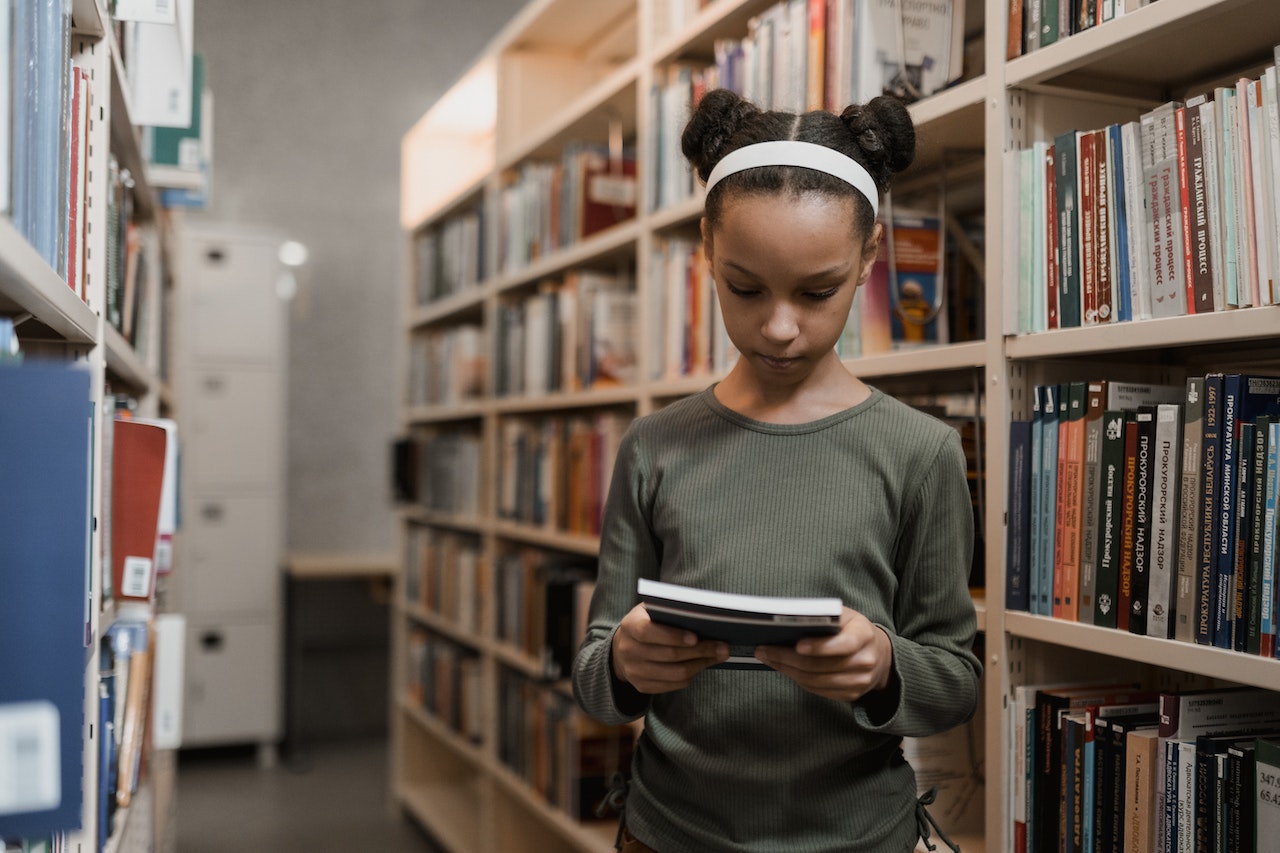Children’s literature is one of the most beloved and widely enjoyed genres around the world. From classic fairy tales to modern picture books and chapter books, children’s literature captivates and enchants readers of all ages. It is through these stories that children learn about emotional intelligence, moral values, and the importance of friendship. Through the use of vivid imagery, creative plots, and relatable characters, children’s literature can take its readers on a journey of adventure, creativity, and self-discovery. So, let us explore the magical world of children’s literature and all the wonders it has to offer.
The Wonders of Children’s Literature: A Guide to Exploring the Magic of Young Minds
Children’s literature is an essential part of any young person’s development. It allows young minds to explore the world around them in ways that are both imaginative and engaging. From stories and poems to non-fiction accounts and biographies, children’s literature boasts a wide range of content that can capture the imaginations of young readers. Through children’s literature, young readers are transported to new and exciting worlds, learn valuable life lessons, and explore the power of their imaginations. As children explore the wonders of children’s literature, they develop empathy, build strong reading skills, and foster a deep love for learning. For these reasons, children’s literature should be a fundamental component of any young person’s growth.
Children’s literature is a genre of literature that is specifically designed for children, with stories and themes that are appropriate for their age and development. This can include narratives of fairy tales, fantasy and science fiction, as well as nonfiction and educational material. It is an important resource for providing children with knowledge and skills that can help them in their development and it also helps them to engage with literature in an enjoyable and meaningful way. Children’s literature often introduces children to new ideas and cultures, as well as providing them with lessons in moral values and behaviors. It is also a great way to introduce children to the world of literature, as it encourages them to explore their imagination and explore different topics.
A Comprehensive Guide to Children’s Literature
Q: What is Children’s Literature?
A: Children’s literature is literature written specifically for young readers, typically up to the age of 18. It can include books, magazines, comics, stories, graphic novels, and audio recordings intended to entertain, educate, or amuse young people.
Q: What are some of the most popular children’s books?
A: Some of the most popular children’s books of all time include “The Cat in the Hat” by Dr. Seuss, “Charlotte’s Web” by E.B. White, “The Lion, the Witch and the Wardrobe” by C.S. Lewis, “Harry Potter and the Sorcerer’s Stone” by J.K. Rowling, “Matilda” by Roald Dahl, and “Where the Wild Things Are” by Maurice Sendak.
Q: What are the benefits of reading children’s literature?
A: Reading to and with children helps them to develop language and reading skills, grow in knowledge, explore their imagination, and learn about the world around them. Reading literature with children can also help to build strong relationships and improve communication, as well as fostering a love of reading.
The Magic of Children’s Literature: Unlocking a World of Imagination
Children’s literature has been captivating the imaginations of both young and old alike for centuries. From timeless classics such as Alice in Wonderland and The Wind in the Willows to modern-day favorites like Harry Potter and The Hunger Games, countless stories have been woven to provide readers with a unique and meaningful journey. Children’s literature offers a chance for readers to explore thrilling new worlds, go on exciting adventures, and meet fascinating characters. Through these stories, children can learn valuable lessons, gain empathy, and develop a deep appreciation for the diversity of the world around them. Whether you are looking to revisit an old favorite or explore something new, children’s literature provides an escape that is sure to keep even the most reluctant readers turning the pages.
Children’s literature is a powerful tool that can shape young minds and help to foster creativity and a love for reading. From inspiring and imaginative stories to educational textbooks, the potential of children’s literature to positively impact children is undeniable. By developing strong literacy skills throughout childhood, children are better prepared for success in future educational endeavors. As such, it is essential that parents and educators continue to recognize the immeasurable value of children’s literature and commit to providing children with access to a variety of quality books.



